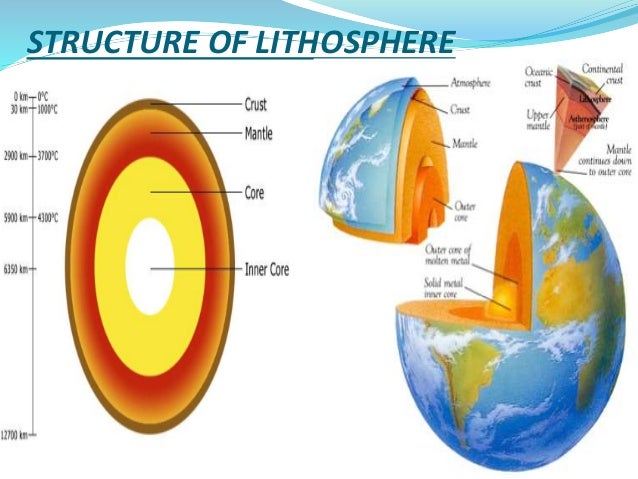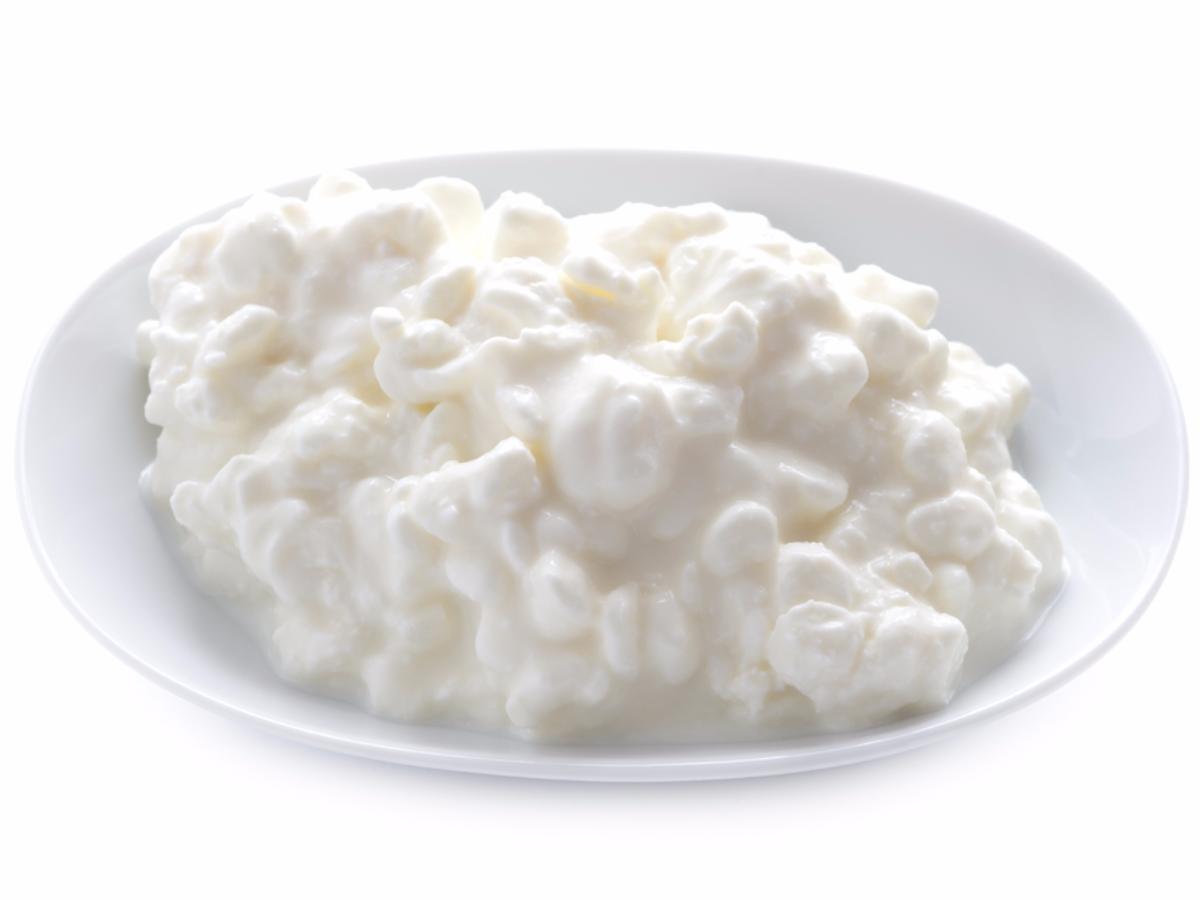It is known as a fact that the earth is made up of various layers. This ranges from its mantle and all of these work and fit perfectly. Basically, they need each other to work harmoniously and to perform their expected function. As for this, the lithosphere comes to the scene. This layer is thin and solid. This is made up of the upper mantle and the crust. In short, lithosphere is composed of solid rocks. This is why it has been the outer layer or surface of the Earth. The same is also true with it having magma. This is the hot liquid found in the center of the Earth. These are just among the various Lithosphere facts.
Layers
The crust of the Earth is comprised of almost three kinds of rocks. These are the sedimentary, igneous and metamorphic rock. Basically, igneous rock is utilized after the cracks opened on Earth. These are the fissures. This is the time when a volcano suddenly erupted and it releases magma. When such magma has been superheated once in its liquid form, it would erupt in the volcano. This is the so called lava.

Its constant and regular eroding may be caused by various weathering agents such as water, wind and ice. All of these create sedimentary rocks. There are smaller pieces of rock break though. These would be off from the large pieces and most of the time, these turn to gravel, pebbles, sand and even clay. These little pieces of the mentioned rock has the ability to travel down the streams. They may also do this on most rivers. They will do this prior to them settling in place and forming solid pieces. This process is not a joke because it would really take a serious number of years in order for such to happen.
Rocks are not permanent. They change once in a while. This may transpire if there is extreme heat for instance. The same may also be observed if there is chemical reactions and pressure involved. These would all be found on the core of the Earth which will be termed as the metamorphic rock. The change is dubbed to occur when it is 7.4 miles down to 9, 94 miles. This is just beneath the surface of the earth. This may also be observed with 212 degrees Fahrenheit down to that of 1,472. For whatever it is, it can be assured that the rock will change. This is true for metamorphic rock.
The lithosphere would not be completed without magma as well. It is an important part of it. As a matter of fact, magma will always be responsible in the renewal of the surface of the Earth. This is also the idea for its appearance over time. Since the rocks are changing, the new lava will flow. This will form the land. The Earth will only be the one to refresh itself later on. This will happen on a daily basis. This is why it has been the way it is. There are still other interesting facts about lithosphere.


